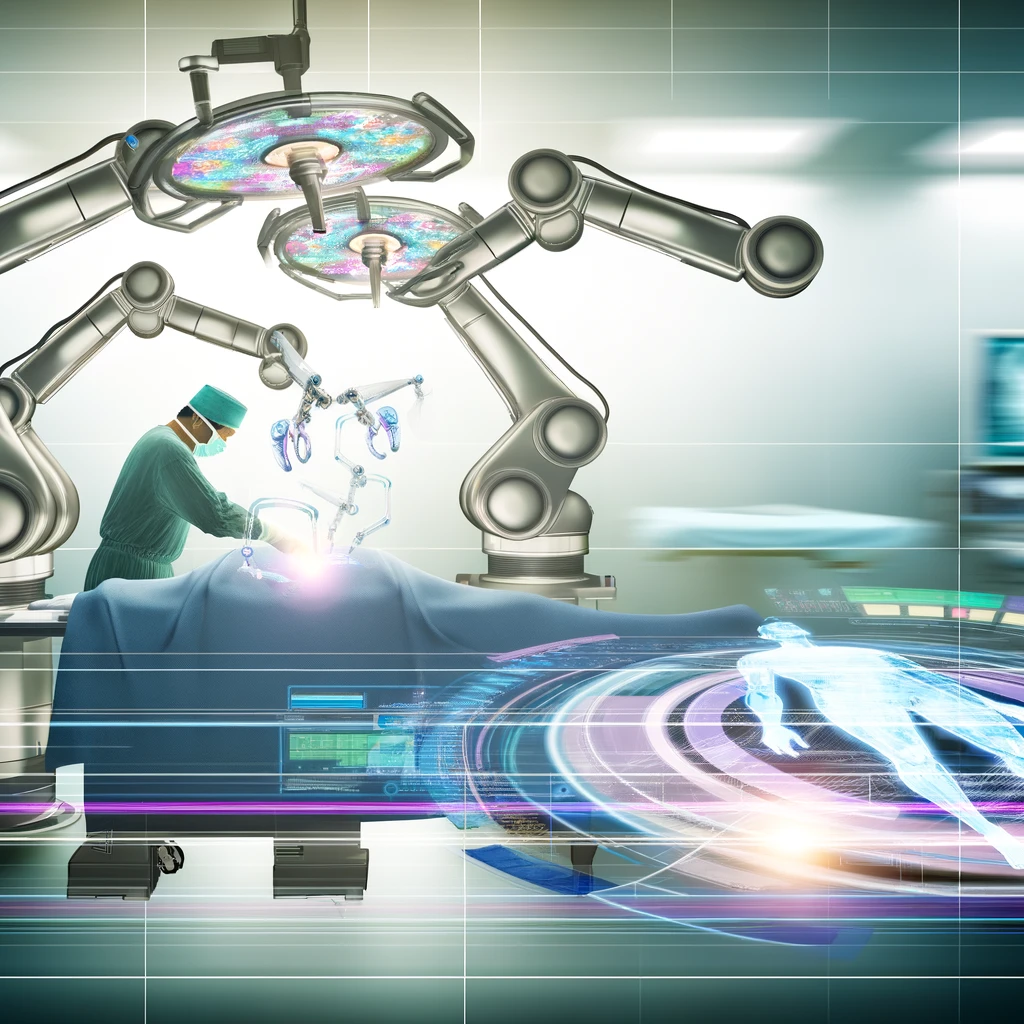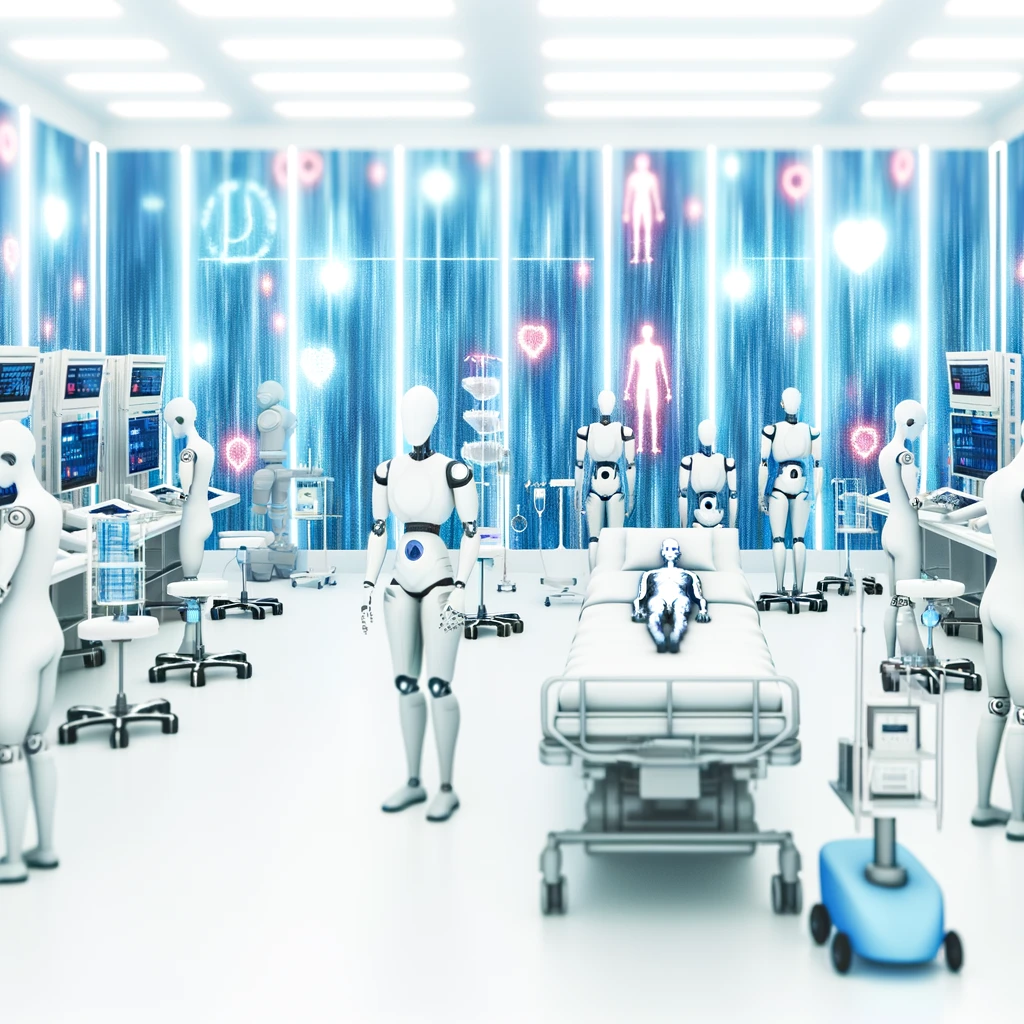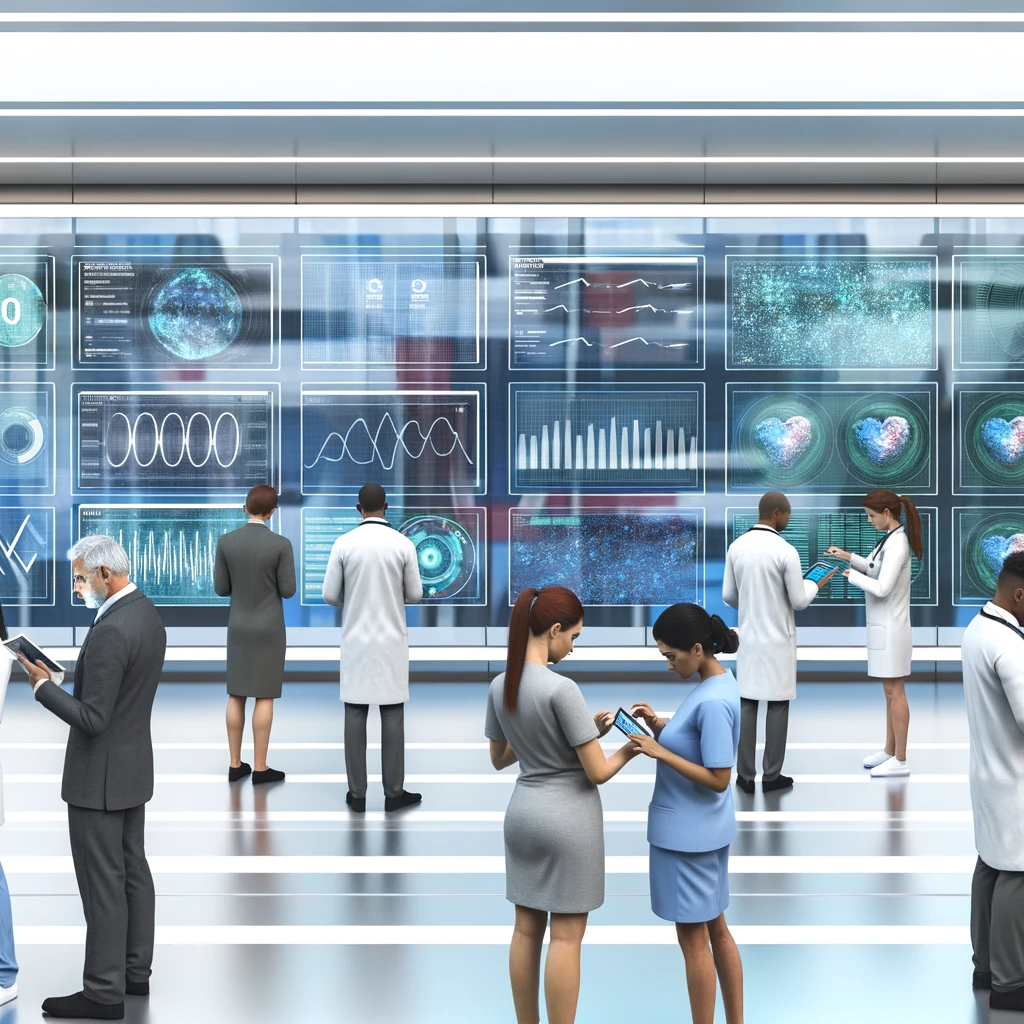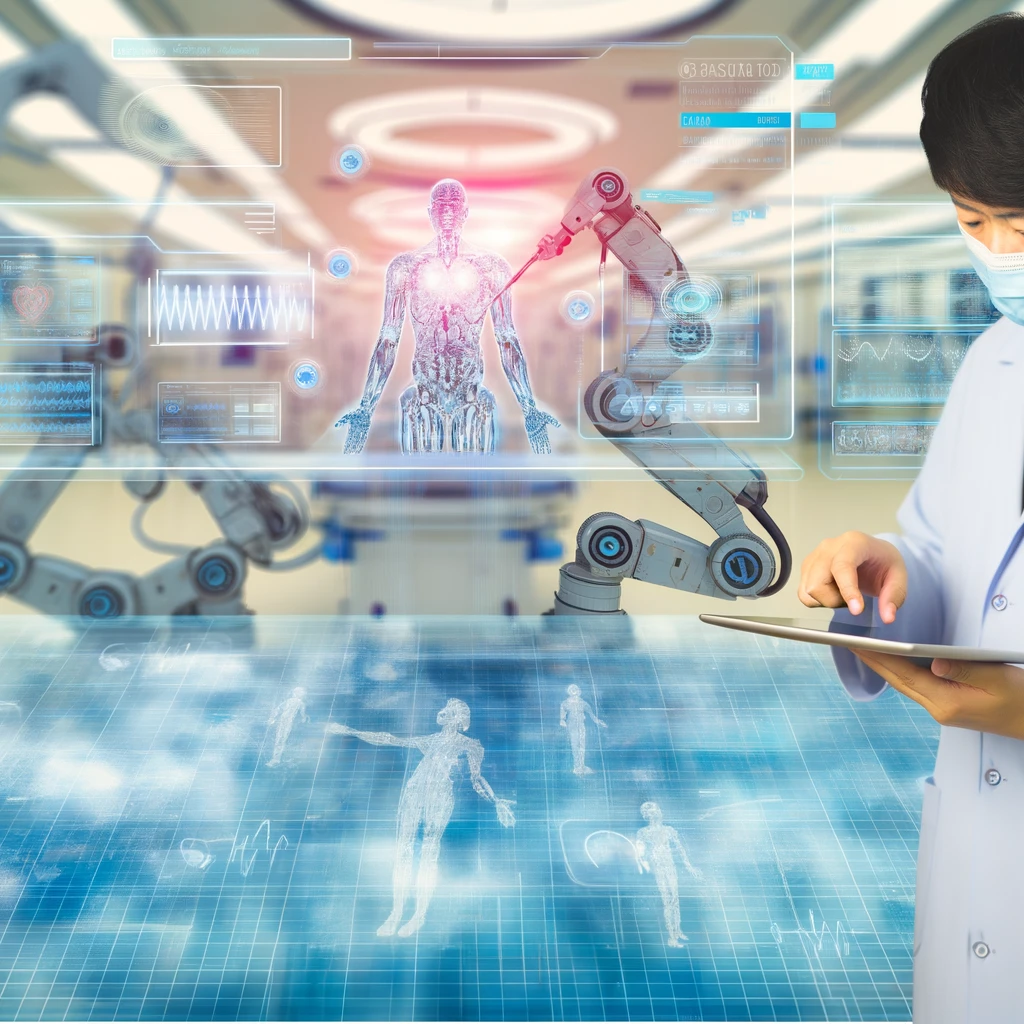
Innovations in Healthcare: The Role of AI and Robotics in Surgery and Diagnostics
In recent years, the healthcare sector has witnessed groundbreaking advancements, primarily driven by artificial intelligence (AI) and robotics. These technologies are transforming surgical procedures and diagnostic processes, offering unprecedented precision, efficiency, and improved patient outcomes.
The Integration of AI in Healthcare
Artificial Intelligence has become a pivotal component in the healthcare industry. By leveraging AI, healthcare providers can analyze complex medical data, thereby improving diagnostic accuracy and personalizing patient care. AI algorithms are capable of processing and interpreting vast datasets, which can lead to earlier detection of diseases, personalized treatment plans, and improved patient monitoring.
AI in Diagnostic Processes
AI technologies play a crucial role in diagnostics by enhancing the accuracy and speed of medical image analysis. AI systems are now being used to detect and diagnose conditions such as cancer, cardiovascular diseases, and neurological disorders. For instance, AI-powered tools can analyze radiological images with high precision, often identifying anomalies that might be missed by the human eye.
Moreover, AI assists in predictive analytics, allowing for the early detection of potential health issues before they manifest into serious conditions. This proactive approach to healthcare not only enhances patient outcomes but also reduces the overall burden on healthcare systems.
Robotics in Surgical Procedures
Robots have been integrated into surgical procedures to enhance precision and control. Robotic surgery allows for minimally invasive procedures, which significantly reduce recovery times and the risk of complications. Surgeons can perform complex operations with greater dexterity and accuracy, thanks to robotic assistance.
Benefits of Robotic-Assisted Surgery
Robotic-assisted surgeries offer numerous advantages, such as reduced trauma to the body, less scarring, and shorter hospital stays. The use of robotics in surgery also minimizes human error, as robots provide steady, precise movements beyond human capability.
Additionally, robotic systems can be equipped with AI to further enhance surgical outcomes. AI can assist in planning surgical procedures by simulating different scenarios and outcomes, thus allowing surgeons to make more informed decisions.
Challenges and Future Prospects
Despite the remarkable benefits, the integration of AI and robotics in healthcare faces challenges, including high costs, the need for specialized training, and concerns over data privacy and security. However, as technology continues to evolve, these challenges are gradually being addressed.
The future of healthcare looks promising with the continuous advancements in AI and robotics. These technologies hold the potential to revolutionize not only surgical and diagnostic procedures but also the entire healthcare delivery system, making it more efficient, personalized, and accessible.
Conclusion
AI and robotics are undoubtedly at the forefront of healthcare innovation, reshaping the landscape of surgery and diagnostics. As these technologies advance, they promise to enhance the quality of care, improve patient outcomes, and streamline healthcare operations. The ongoing research and development in this field suggest a future where AI and robotics are integral to healthcare, paving the way for a new era of medical excellence.
Related Articles





